Anti Rust Protection for Coffee Table Restoration Hardware
If you love tools, you've probably experienced the odd, magnetic power that old, rusted tools possess. They capture your attention and pull y'all in. The next thing you know, you're scraping away rust with your thumbnail, trying to make out the manufacturer's proper noun.
As foggy memories inundation back, you attempt to recollect how exactly yous came to own this neglected tool. Perchance yous got it at a tag auction or maybe your father passed it downwardly to you. Or, had yous borrowed information technology from a neighbor and forgot to return information technology? "Everybody has them, these trivial subconscious jewels," says contributing editor Richard Romanski, a fine woodworker and unrepentant tool collector. "Restoring them is pretty easy."
We gathered a bunch of forlorn rusted tools and went to work in his studio, a cavernous one-time church in Due north Salem, New York. And we discovered that all it takes is some basic chemistry, a picayune patience, and some elbow grease to restore erstwhile, rusted tools to similar-new condition. Here'south a detailed account of how we removed years of rust from a table saw, some corroded paw tools, and a few slow precision-cut tools.
A rusty, wobbly table saw
A tabular array saw that's kept in an unheated garage, shop, or barn will soon rust. Moisture condenses on its steel and cast-iron parts because they're cooler than the surrounding air. Then it's simply a matter of fourth dimension before you start to meet rusting and pitting.
The rust isn't only cruddy, it too makes it hard to slide wood beyond the table, which should be perfectly smooth. And rust tin can affect adjustable mechanisms, besides, making it difficult to raise and lower the bract or tilt the blade for executing bevel cuts. Nosotros found the circa-1980 Craftsman table saw shown above at a church building auction. Its table was badly rusty and its parts had been thrown out of alignment. But it merely cost $80 and we knew nosotros could restore it to good working order.
We knew we had to move the saw to a warm, dry out location, so we unbolted it from its rolling stand up, hoisted it into a Ford F-150, and drove it downwards the street to Romanski's studio workshop. Next came the tedious disassembly procedure: We unbolted the cast-iron wings from each side of the saw table and then removed the motor. Tip: Take photos of the saw and label each part prior to disassembly. That'll make information technology easier to reassemble everything later.
Nosotros were pleasantly surprised to discover that the saw had a commercial-duty motor with twin capacitors—one to kickoff the motor turning and another to provide extra boot to the run winding. The motor's shaft and pulley were all in proficient shape, but everything was caked in dust and cobwebs. Nosotros used compressed air to quickly articulate out of the saw'southward cavity and undercarriage.
Now information technology was time to remove rust from the saw'due south table and extension wings. Nosotros started past wetting the surfaces with kerosene, which acted as a cutting lubricant. After letting kerosene penetrate for nearly an hr, nosotros buff away the rust using a variable-speed drill outfitted with a 2½-inch-diameter nylon cup brush that's embedded with 240-grit aluminum oxide abrasive. We ran the drill slowly at around 500 rpm, and movement it back and forth across the surface for several minutes. The cup castor removed the rust without marring the surface. We then mounted the wings back onto the saw and aligned them flush with the saw table by carefully borer them with a dead-blow mallet.
After placing a new 10-inch carbide-tipped saw blade on the arbor, Romanski used a machinist'southward foursquare to ensure the bract was perfectly perpendicular to the table. With the blade at ninety degrees, the pointer indicator on the saw'south tilt scale should read 0 degrees; if it doesn't, move the pointer to the zero mark. Next, we adjusted the sliding fence and its locking machinery to ensure information technology locked securely and was perfectly parallel with the blade.
The tune-up was completed when Romanski reinstalled the motor and used a long steel ruler to align the motor pulley with the pulley on the saw's arbor shaft. That'south an important step considering if the pulleys aren't aligned, excessive vibration will prematurely wear out belts and bearings. We then buffed paste wax onto the restored metal surfaces to help deter future rusting, bolted the saw back onto its stand, and fabricated several test cuts. The saw ran smoothly, cut effortlessly, and looked nifty!
Corroded paw tools
Rusty hand tools seem to plough up everywhere: in sheds, basements and garages; in old, forgotten toolboxes; in automobile trunks; and, of form, at tag sales all across the land. Frequently the original wooden handles are cracked, rotted, or missing altogether. And the steel heads are so badly rusted y'all could go tetanus past just looking at them.
To restore a pile of ball-peen-hammer and a couple of hatchets, we first had to remove what was left of their handles. We used a handsaw to cut the handle stubs flush with the tool heads, then we clamped each head in a vise and used a hammer and punch to knock out the last scrap of the handle.
To deliquesce years of corrosion, we submerged the heads in a saucepan containing a gallon of white vinegar. We covered the bucket with a slice of plywood and let the parts soak for about 4 hours. Next, we scrubbed off the surface rust with Class i steel wool. It didn't remove all the rust, but there was a noticeable departure. Dorsum into the vinegar the tool heads went, and this time we allow them soak overnight. Next, nosotros buffed them once again with steel wool, and all the rust came off. We rinsed the tools thoroughly in clear water to remove any final trace of vinegar and wiped them dry.
Some of the tool heads were severely pitted, so we smoothed them with a disc sander fitted with a 100-dust abrasive disc sander. On a couple of the brawl-peen hammers, the metallic around the head'southward striking surface had been peened over by repeated hammer blows. To repair the harm, we clamped each hammer caput in a vise and then hand-file the surface shine.
Finally, the tools were wiped clean with mineral spirits, primed with a rust-preventive metal primer (we used spray-on Rust-Oleum), and painted with gloss alkyd enamel. The cutting edges on the hatchets were hand-honed on a series of water stones used for woodworking tools. We completed each tool by plumbing fixtures a hickory handle through the cavity in the caput.
Dull precision tools
The outset footstep in restoring precision tools is to carefully disassemble the tool, separating the corroded parts from the clean ones. In the case of the smoothing aeroplane shown here, the body wasn't as desperately corroded as it get-go looked. We removed most of the rust with a wire castor. Then nosotros lapped the sole of the airplane on a succession of abrasive papers, showtime with very coarse 60-dust and proceeding through to super-fine 1,000-grit.
We taped the sandpaper to a workbench that had a perfectly flat surface and slid the plane body over the paper, swapping it end for terminate later on every six or eight passes. We used a few drops of odorless mineral spirits as our cutting lubricant. The body came out flat and smooth, with no rust and just very minor pitting.
Next, nosotros sharpened the plane atomic number 26 on a horizontal wet sharpening bike and fifty-fifty honed its back surface so that it was flat several inches behind the cutting edge. This ensures that the fleck breaker will snug up tightly against the iron, and so no wood shavings tin be trapped and torn off.
Later on sharpening, we took the lever cap and the airplane iron'due south bit breaker and buffed them out on a muslin buffing bike with jewelers ruby-red rouge polishing chemical compound.
Romanski has more than xl years of woodworking experience, so he did the final inspection of the plane iron. He followed the motorcar honing with a careful trip over his water stones, leaving the airplane iron with a mirror finish. He assembled and adjusted the rescued plane and took information technology for a test flight across a piece of articulate pine. The result was a tool that cut perfectly, taking long, silky-smooth shavings with every pass.
This content is created and maintained by a third party, and imported onto this page to help users provide their email addresses. You may be able to find more than information almost this and like content at piano.io
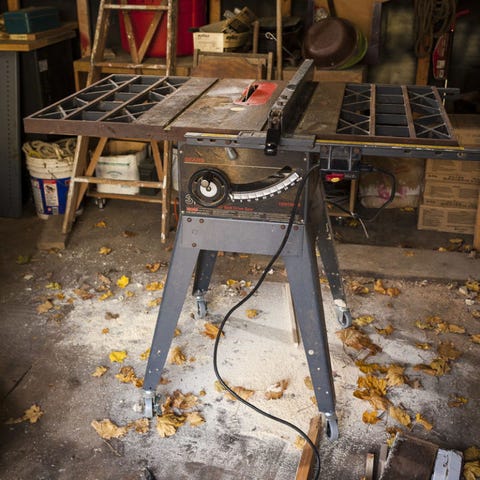
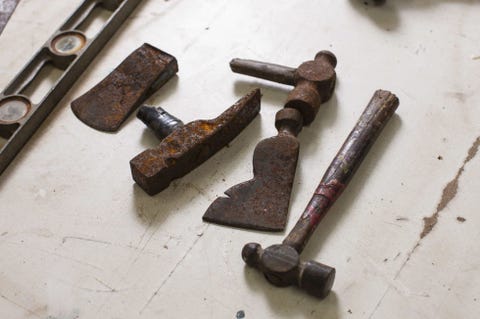
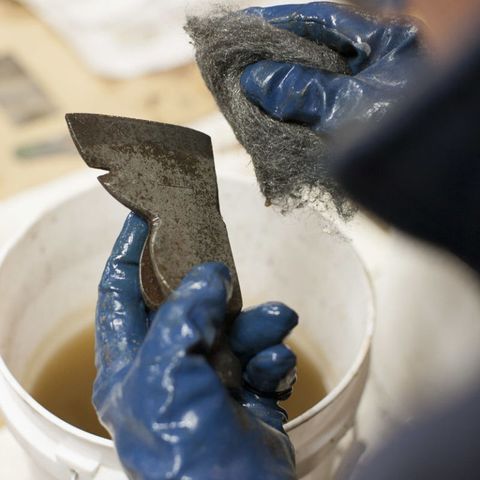

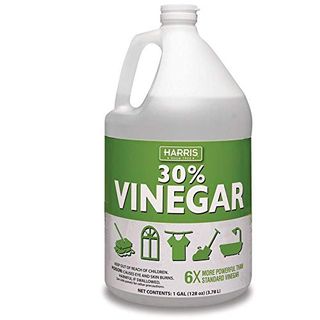
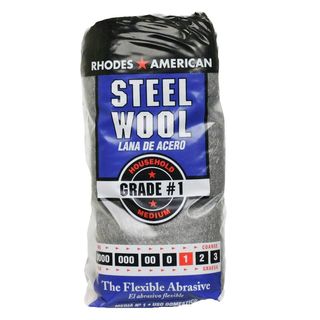
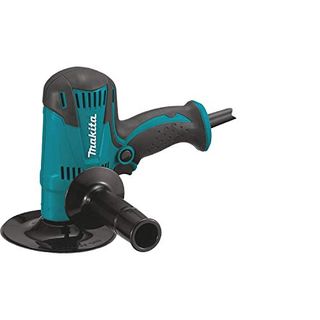
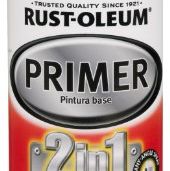


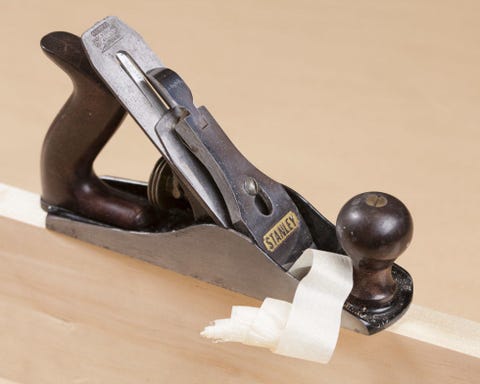
0 Response to "Anti Rust Protection for Coffee Table Restoration Hardware"
Post a Comment